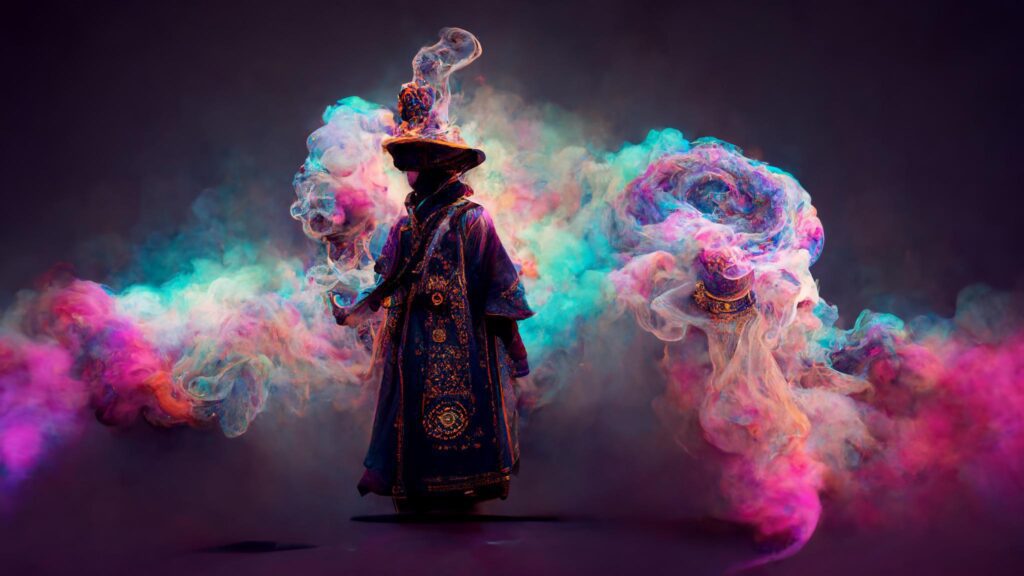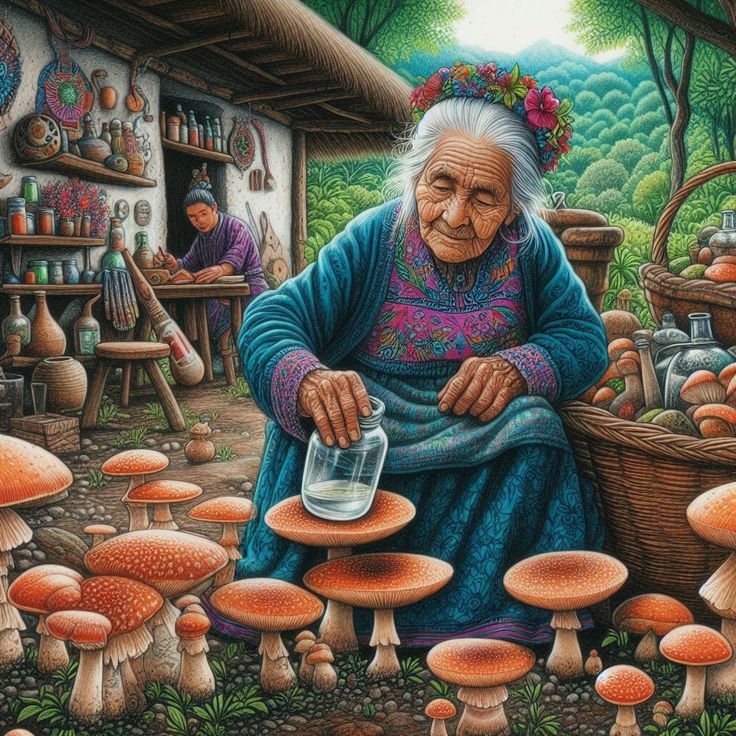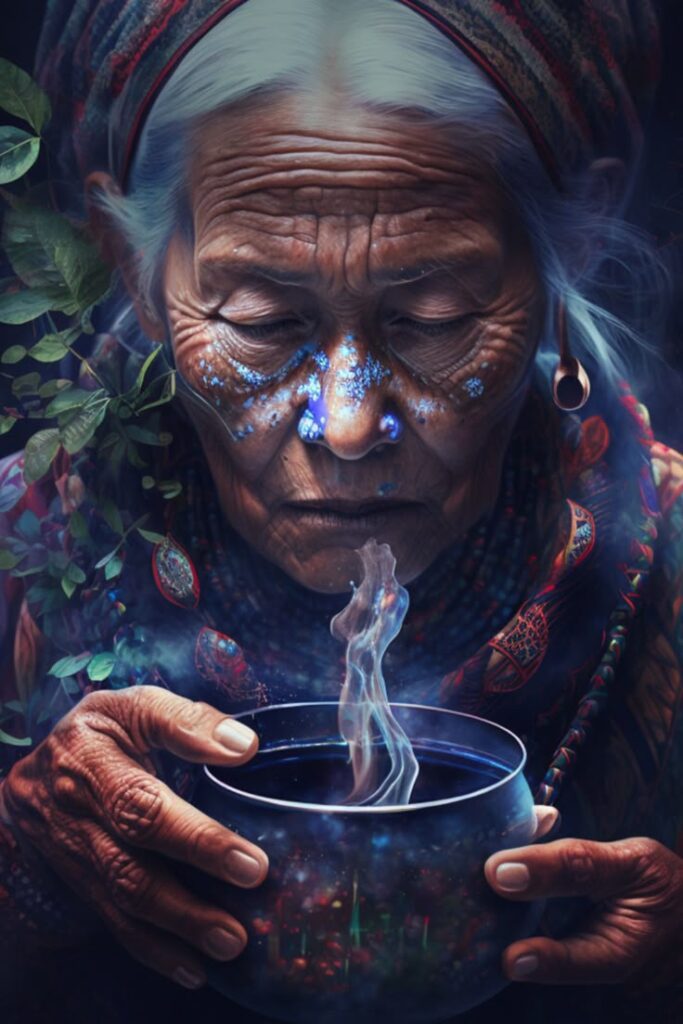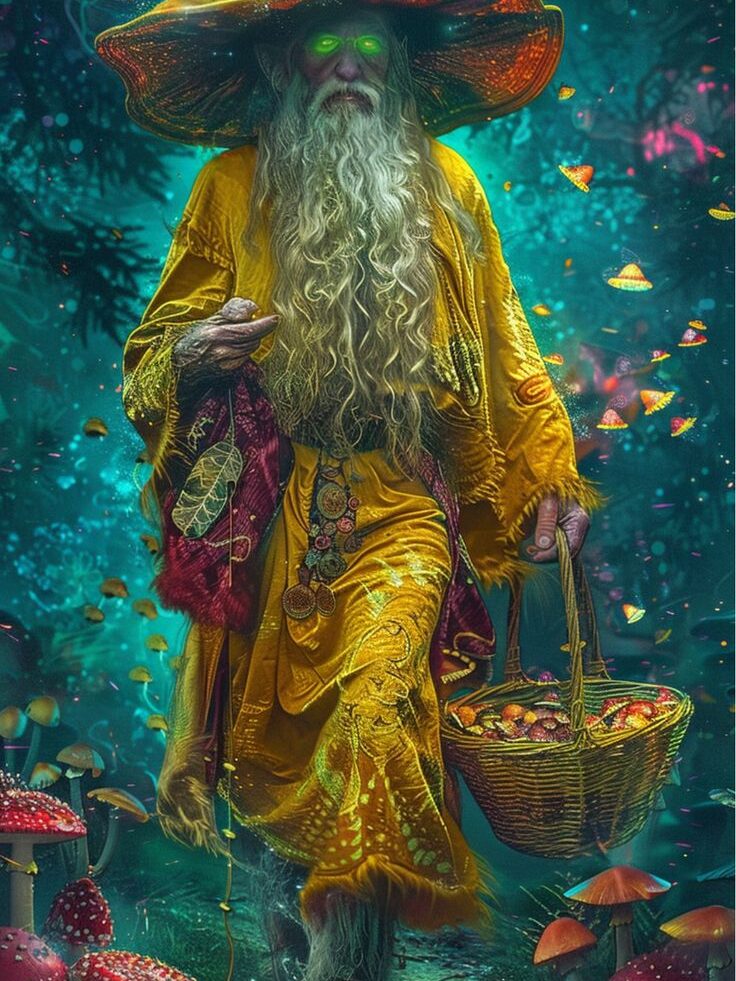
Shamanism, rooted in the spiritual practices of indigenous cultures across the world, offers profound insights into the human experience. Traditionally, shamans serve as intermediaries between the physical and spiritual realms, employing various techniques to facilitate healing, insight, and connection to the divine. In recent years, there has been a resurgence of interest in shamanism, particularly regarding its relationship with psychedelics—substances known for their mind-altering effects and potential therapeutic benefits. This article seeks to explore the nature of shamanism, elucidate how psychedelics function in the body, and examine the interplay between these two fascinating domains.
What is Shamanism?

Shamanism is an ancient practice that engages with the spiritual world through rituals, healing ceremonies, and the use of natural substances. Key aspects of shamanism include:
Connection to Nature: Shamans view themselves as part of a larger ecosystem, understanding that healing involves not only the individual but also their surroundings.
Trance States: Through drumming, chanting, or dancing, shamans enter altered states of consciousness, allowing them to connect with spirit guides and gain insights that are not accessible in ordinary waking life.
Healing Practices: Shamans employ diverse techniques, including herbal medicine, energy work, and vision quests, to address physical, emotional, and spiritual ailments.
Cultural Significance: Each shamanic tradition is unique, woven into the fabric of its culture and embodying its historical and spiritual narratives.
While shamanism has been practiced for thousands of years, contemporary society is beginning to recognize its potential contributions to health and well-being, especially in conjunction with psychedelics.
How Psychedelics Work

Psychedelics are substances that alter perception, mood, and cognitive processes by affecting neurotransmitter systems in the brain. Understanding how these substances work is crucial to appreciating their role in shamanic practices. Their mechanisms include:
1. Serotonergic Activity: Substances like psilocybin (found in magic mushrooms) and LSD primarily affect the serotonin receptors, leading to altered sensory perception and heightened emotional experiences.
2. Default Mode Network (DMN) Disruption: Psychedelics reduce activity in the DMN, a brain network associated with self-referential thoughts, potentially allowing for a sense of ego dissolution and interconnectedness with the universe.
3. Neural Plasticity: Research indicates that psychedelics can promote neuroplasticity, encouraging the formation of new neural connections, which may facilitate healing and personal growth.
4. Therapeutic Applications: Clinical studies have shown that psychedelics can effectively treat various mental health issues, such as depression, PTSD, and anxiety, further bridging the gap between traditional shamanistic practices and modern scientific understanding.
Shamanism and Psychedelics: A Convergence of Traditions

The intersection of shamanism and psychedelics creates a rich tapestry of healing and spiritual exploration. Both realms share fundamental beliefs and practices, making their convergence both meaningful and profound. Here are some key points of connection:
- Altered States of Consciousness: Both shamans and individuals using psychedelics seek to alter their consciousness to access deeper levels of understanding, insight, and healing.
2. Ritual and Intention: In shamanic practices, rituals often prepare participants, setting a specific intention for the experience. Similarly, modern psychedelic experiences emphasize the importance of intention in guiding the journey.
3. Healing and Integration: Shamanic journeys typically involve both the exploration of spiritual realms and the necessity for integration in daily life. Psychology surrounding psychedelic experiences stresses the importance of integration to make sense of the insights garnered during their use.
4. Community and Guidance: The role of the shaman as a guide parallels the use of mentors or clinicians in psychedelics. The supportive presence of an experienced guide can significantly influence the outcome of the experience.
Conclusion

Shamanism and psychedelics present intriguing domains where ancient wisdom meets contemporary scientific inquiry. By understanding how shamanic practices harness altered states and explore the spiritual dimensions of existence, we can appreciate the therapeutic potential of psychedelics in both traditional and modern contexts. The convergence of these two realms opens up new avenues for healing and self-discovery, challenging our perceptions of reality and our place within it. As research continues to unfold, the dialogue between shamanism and psychedelics will undoubtedly pave the way for innovative approaches to mental health and human connection. The profound nature of these experiences reminds us of the intricate link between the mind, body, and spirit, urging society to reclaim the wisdom of the ancients in the pursuit of holistic well-being.





